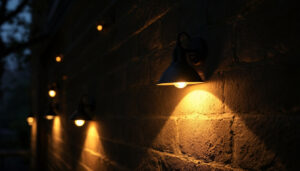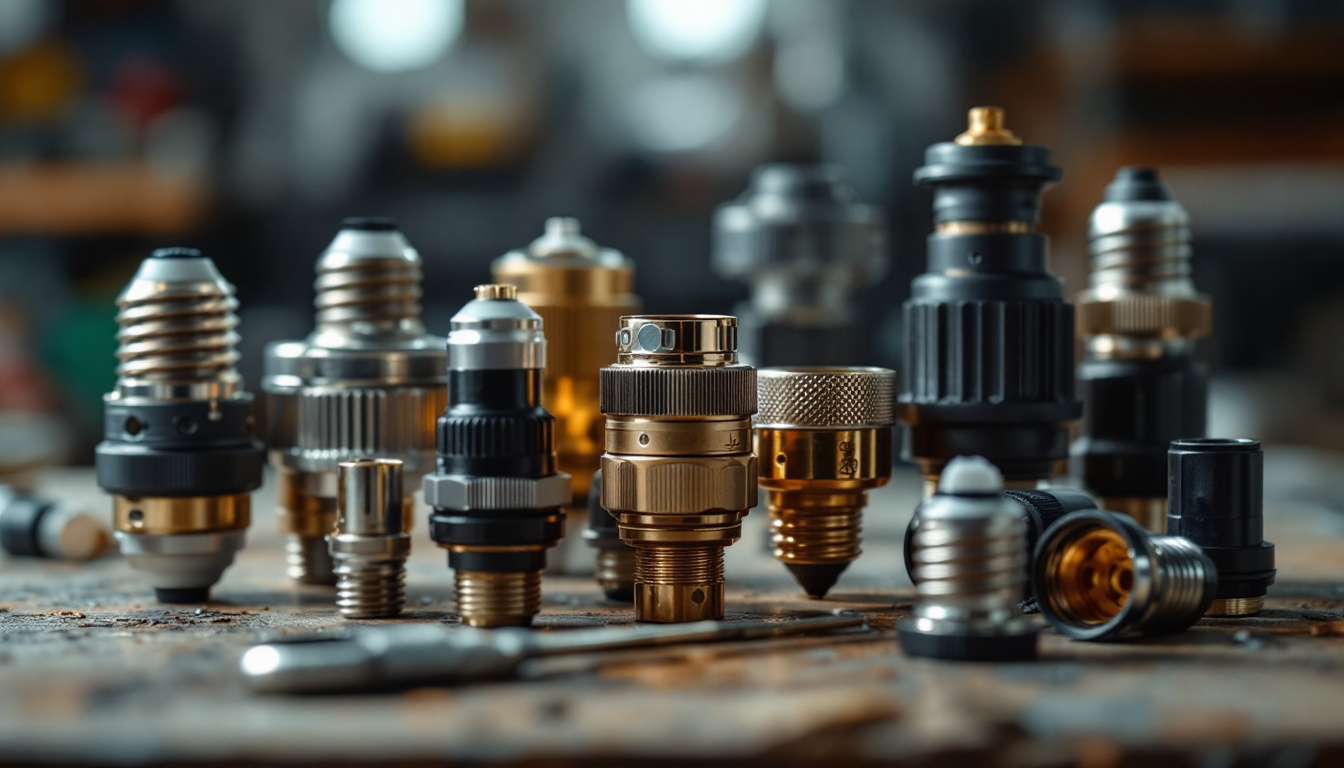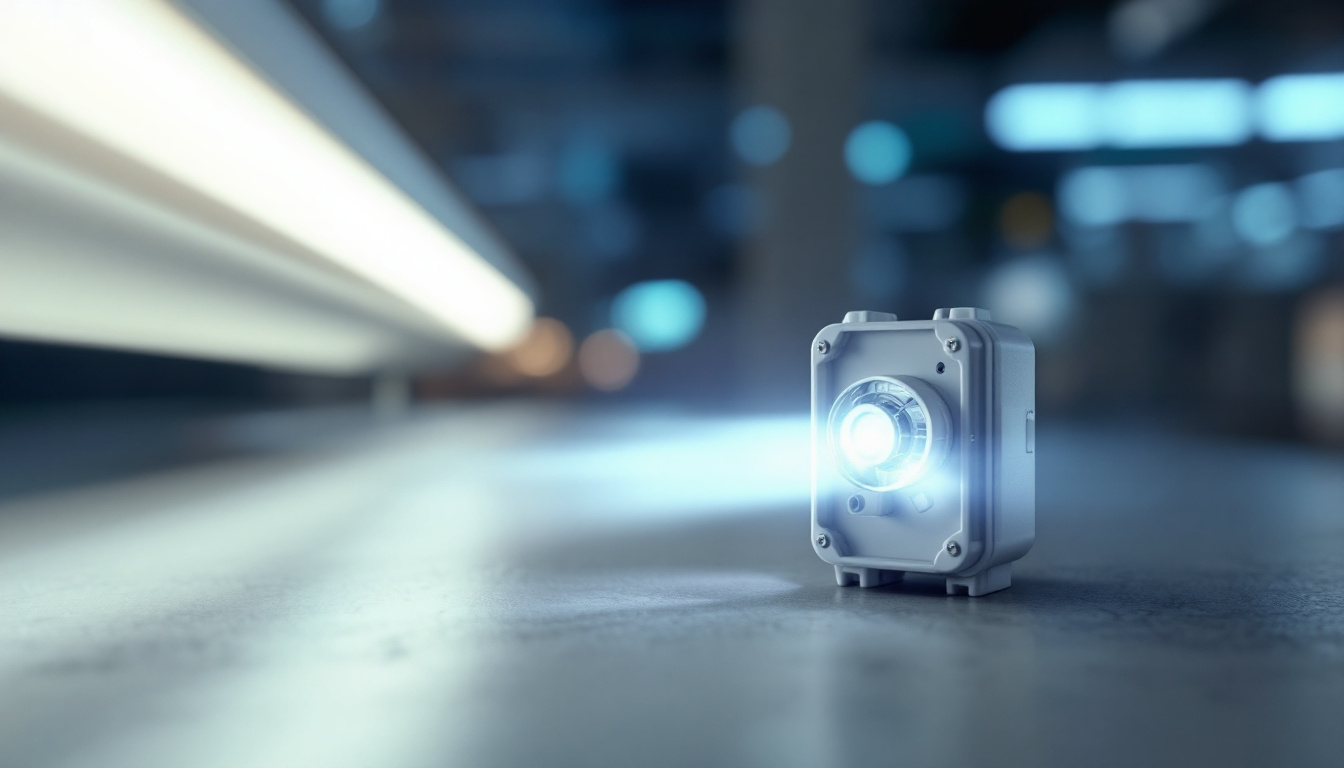

As a lighting contractor, understanding the various types of light sockets is essential for ensuring that your projects are completed efficiently and effectively. Different socket types can impact not only the installation process but also the overall performance and aesthetic of the lighting fixtures. This article delves into the various light socket types, their applications, and practical tips for contractors to master their use.
Light sockets come in a variety of shapes and sizes, each designed for specific types of bulbs and applications. Familiarity with these socket types is crucial for any lighting contractor, as it influences the selection of fixtures, the installation process, and even the maintenance of lighting systems. Below are some of the most common light socket types encountered in the field.
The Edison socket, also known as the E26 or E27 socket, is perhaps the most widely recognized light socket type. It features a screw base that allows for easy installation and replacement of incandescent, LED, and CFL bulbs. The versatility of the Edison socket makes it suitable for a wide range of residential and commercial applications.
When working with Edison sockets, it’s important to ensure compatibility with the bulb wattage and type. Overloading the socket can lead to overheating and potential hazards. Additionally, contractors should be aware of the different variations of Edison sockets, such as the E12 candelabra base, which is often used in decorative fixtures. The aesthetic appeal of these smaller sockets makes them a favorite for chandeliers and accent lighting, providing a warm, inviting glow that enhances the ambiance of any space.
Bayonet sockets, commonly referred to as B22 or B15, utilize a push-and-twist mechanism for securing the bulb. This type of socket is prevalent in many regions and is often found in outdoor lighting applications due to its robust design. The bayonet socket is particularly favored for its secure connection, which minimizes the risk of bulbs loosening over time.
Contractors should note that bayonet sockets come in various sizes, and it’s essential to select the correct one for the specific bulb being used. Additionally, understanding the differences between single and double contact bayonet sockets can help in choosing the right fixture for a project. The double contact version, for instance, provides a more stable connection and is often used in high-vibration environments, such as automotive lighting or industrial applications, where reliability is paramount.
GU sockets, such as GU10 and GU5.3, are designed for specific types of halogen and LED bulbs. These sockets feature two pins that insert into the socket and are twisted to secure the bulb in place. GU sockets are commonly used in track lighting and recessed fixtures, making them a popular choice for both residential and commercial applications.
When working with GU sockets, it is crucial to ensure that the correct bulb type is selected, as the pins and spacing can vary between different GU socket types. Additionally, contractors should be cautious about heat generation, particularly with halogen bulbs, and ensure that fixtures are rated for the appropriate wattage. The energy efficiency of LED bulbs in GU sockets has made them increasingly popular, as they not only reduce electricity costs but also have a longer lifespan, which translates to less frequent replacements and lower maintenance efforts for contractors and homeowners alike.
In addition to the common socket types, there are specialized sockets designed for unique applications. These sockets often cater to specific lighting needs, such as energy efficiency, aesthetic appeal, or safety considerations. Understanding these specialized sockets can enhance a contractor’s ability to meet diverse client requirements.
Rope lights are a popular choice for decorative lighting, and they utilize specialized sockets that allow for flexible installation. These sockets are designed to accommodate the unique wiring of rope lights, making them ideal for accent lighting in residential and commercial spaces.
When installing rope light sockets, contractors should pay attention to the voltage and wattage specifications to ensure safety and performance. Additionally, understanding the layout and design of the lighting can help in achieving the desired aesthetic effect. For instance, when using rope lights for outdoor events, selecting weather-resistant sockets can prevent damage from moisture and ensure longevity. Moreover, the versatility of rope lights allows for creative applications, such as outlining walkways, highlighting architectural features, or creating festive displays during holidays, which can significantly enhance the ambiance of a space.
As LED technology continues to evolve, specialized LED sockets have emerged to accommodate the unique characteristics of LED bulbs. These sockets often feature built-in drivers or compatibility with smart lighting systems, allowing for enhanced control and energy efficiency.
Contractors should stay informed about the latest advancements in LED socket technology, as this can significantly impact project outcomes. Understanding the differences between standard and smart LED sockets can help in providing clients with tailored solutions that meet their specific needs. For example, smart LED sockets can integrate with home automation systems, enabling users to control their lighting remotely via smartphones or voice commands. This not only adds convenience but also allows for energy-saving features, such as dimming options and scheduling, which can lead to reduced electricity bills. Furthermore, as the demand for sustainable solutions grows, educating clients about the benefits of LED sockets can help them make informed decisions that align with their environmental goals, ultimately contributing to a greener future.
Proper installation of light sockets is critical for ensuring safety and performance. Here are some essential tips for lighting contractors to keep in mind during the installation process.
Each socket type comes with specific manufacturer guidelines that outline installation procedures, wattage limits, and safety precautions. Adhering to these guidelines is crucial for ensuring that the lighting system operates safely and efficiently. Failure to follow manufacturer instructions can lead to performance issues or even hazardous situations.
Contractors should familiarize themselves with these guidelines before starting any installation. This includes understanding the electrical requirements, compatibility with various bulb types, and any special considerations for specific applications. For instance, some sockets may be designed for use in damp or wet locations, necessitating additional protective measures to prevent moisture-related failures. Moreover, staying updated on any changes in regulations or new technologies can enhance the overall quality of the installation.
Proper wiring is essential for the safe operation of light sockets. Contractors should ensure that all wiring connections are secure and meet local electrical codes. This includes using the appropriate gauge wire and ensuring that connections are properly insulated to prevent short circuits.
Additionally, it is important to verify that the power supply matches the socket’s voltage requirements. Mismatched voltage can lead to bulb failure or even damage to the socket itself. Furthermore, contractors should consider the overall load on the circuit; overloading can lead to overheating and potential fire hazards. Utilizing circuit breakers and fuses can provide an extra layer of protection, ensuring that the system remains safe under various operating conditions.
After installation, testing the lighting system is a critical step that should not be overlooked. Contractors should turn on the lights to ensure that all fixtures are functioning correctly and that there are no flickering or dimming issues. If problems arise, troubleshooting the installation promptly can prevent further complications.
Testing should also include checking for any unusual heat generation, which can indicate potential issues with the socket or bulb. Addressing these concerns early on can save time and resources in the long run. Additionally, contractors should consider performing a load test to evaluate how the system performs under maximum capacity. This can help identify any weaknesses in the installation that may not be apparent during standard operation. Regular maintenance checks after installation can also help sustain optimal performance, ensuring that the lighting system remains reliable and efficient over time.
Some common issues that contractors may encounter with light sockets include flickering lights, bulbs burning out quickly, and sockets that feel excessively hot. Identifying the root cause of these problems is essential for effective troubleshooting.
Flickering lights can often be attributed to loose connections or incompatible bulb types. In contrast, bulbs that burn out quickly may indicate an overloaded socket or poor-quality bulbs. Excessive heat can signal a need for better ventilation or the use of higher-rated components.
When a socket is identified as faulty, replacing it promptly is crucial for maintaining the integrity of the lighting system. Contractors should ensure that they have the appropriate replacement sockets on hand and follow proper installation procedures to guarantee a secure connection.
Additionally, it is wise to educate clients on the importance of using compatible bulbs and avoiding overloading sockets to prevent future issues. Providing this information can enhance client satisfaction and reduce the likelihood of callbacks.
Mastering light socket types is an essential skill for lighting contractors. By understanding the various socket types, installation best practices, and maintenance techniques, contractors can ensure that their projects are completed safely and effectively. Staying informed about advancements in lighting technology and socket design will further enhance a contractor’s ability to meet the diverse needs of clients.
Ultimately, the knowledge and expertise gained in this area will not only improve project outcomes but also contribute to the overall satisfaction of clients, solidifying a contractor’s reputation in the industry.
Ready to elevate your lighting projects with the highest quality sockets and fixtures? Look no further than LumenWholesale, where we provide contractors with spec-grade lighting products at the most competitive wholesale prices. Our commitment to cutting out the middleman means you get the superior products your clients demand, without the inflated markups. With our vast selection that meets rigorous industry standards, you can trust that your lighting installations will shine with reliability and high performance. Plus, with free shipping on bulk orders, LumenWholesale ensures you receive premium lighting solutions at the best value — hassle-free and transparent. Don’t compromise on quality or cost. Wholesale Lighting at the Best Value is just a click away. Experience the LumenWholesale difference today!

Discover why ballasts are essential for fluorescent lighting projects.

Discover the essential role of UV lights in modern lighting projects.

Discover the cost-effective strategies and expert insights from smart lighting contractors on replacing solar panels in lanterns.

Discover why purchasing troffer lights in bulk from local distributors might not be the best choice.
Get notified when NEW deals are released.
Optimize your budget with wholesale discounts.
Only top-quality, specification-grade lighting products.
No additional costs at checkout - what you see is what you pay.
We understand the unique needs of contractors.